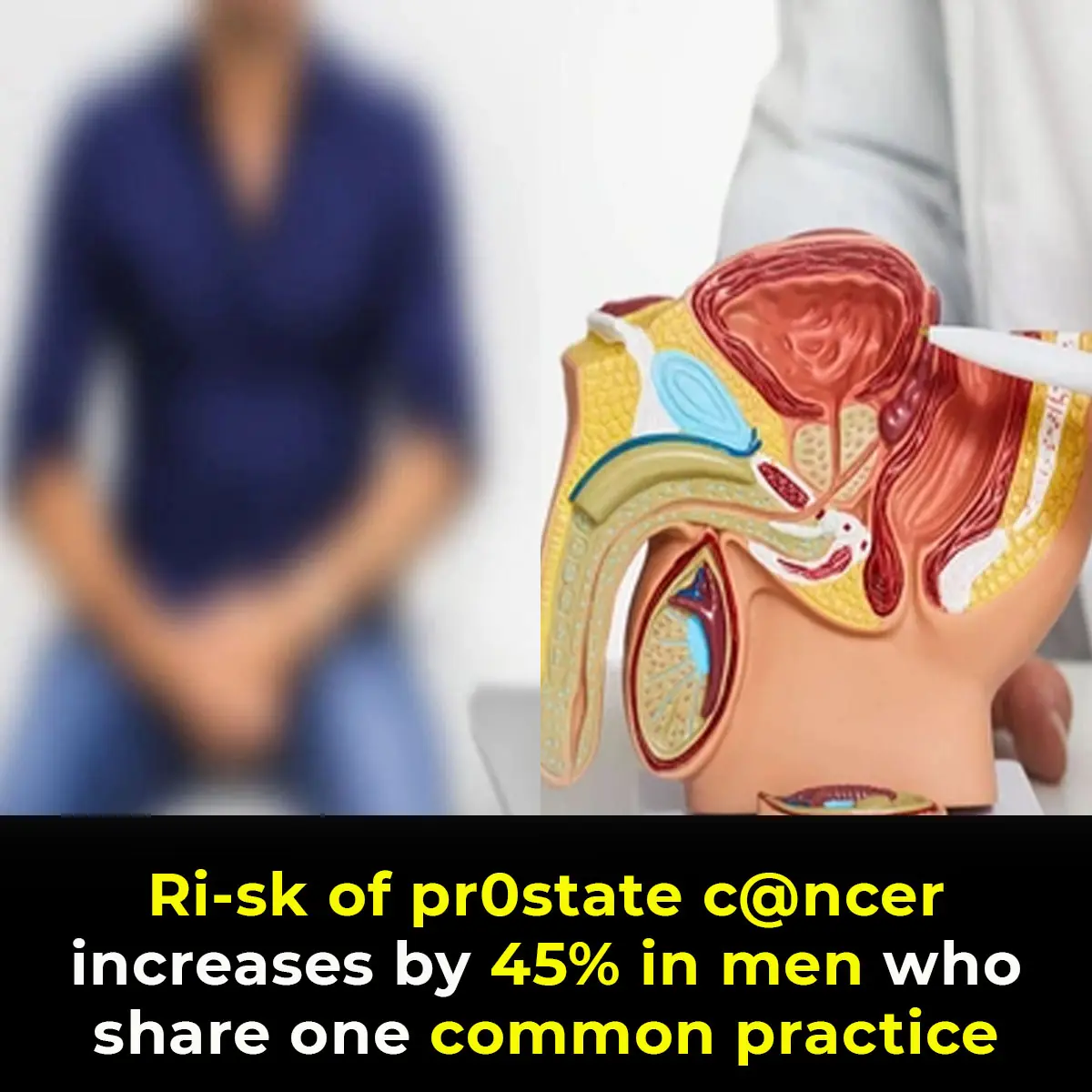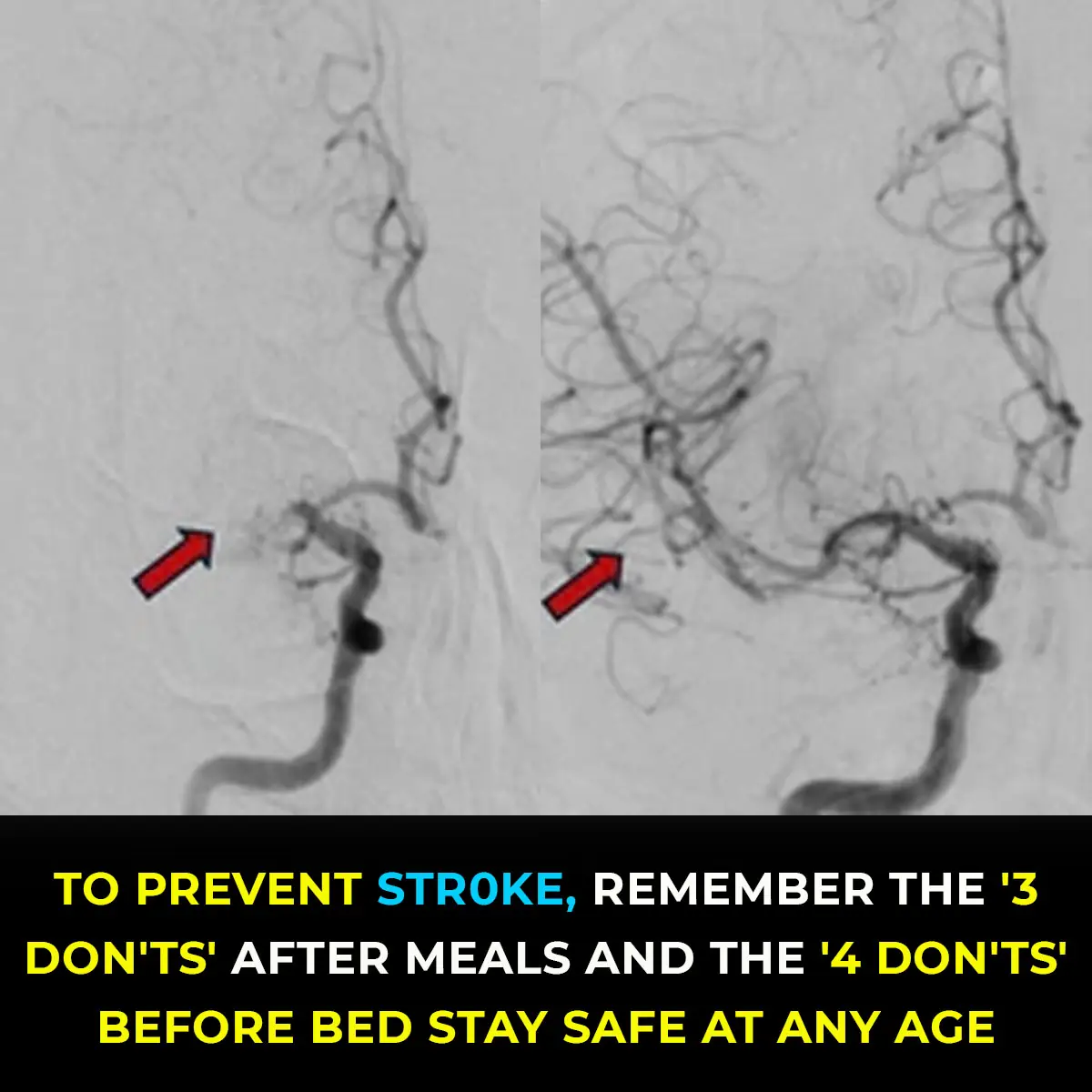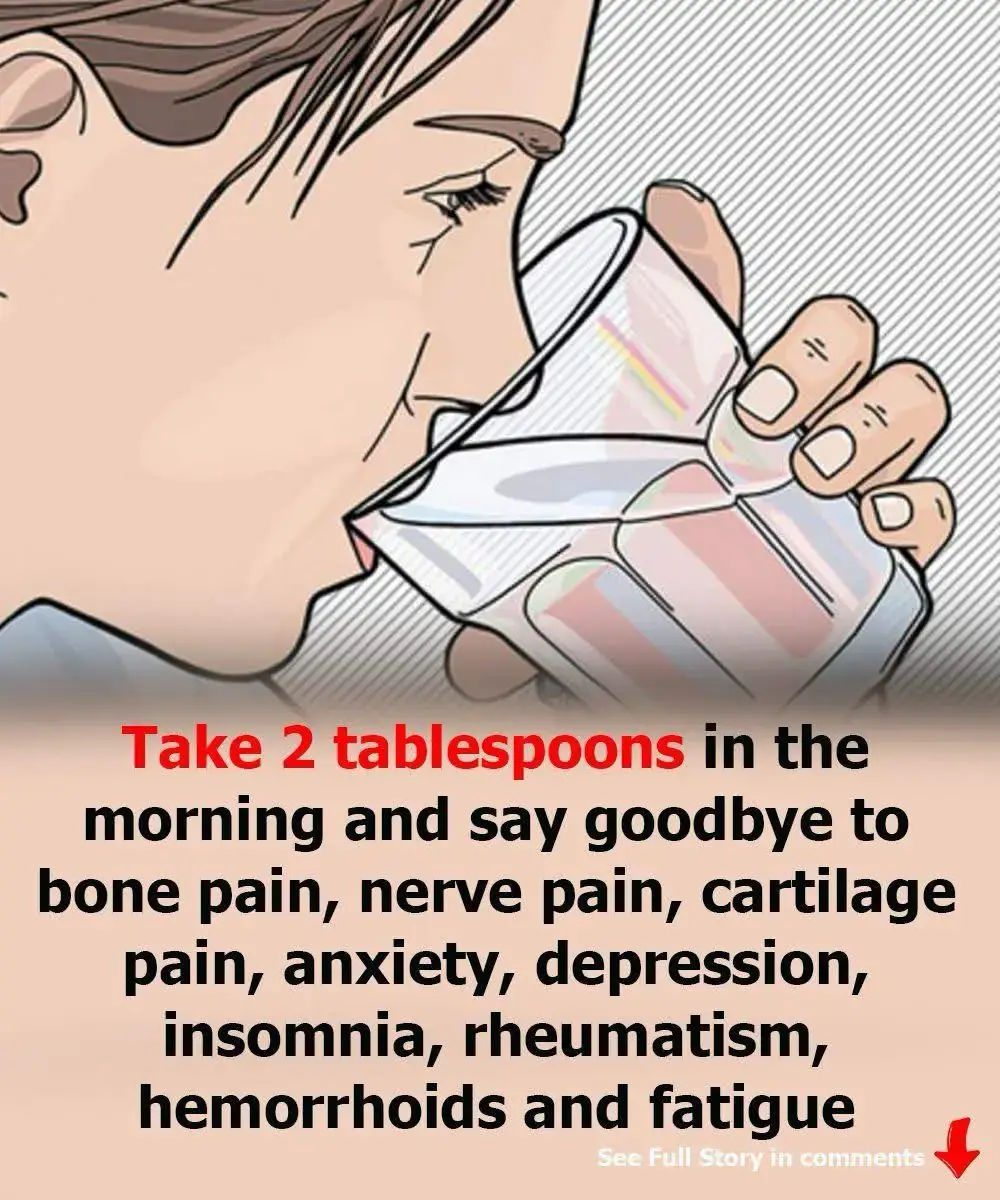Medscape recently published an article mentioning our latest research on physical fitness and overall health. In this paper, we described significant association between low scores on the sitting-rising test (SRT) and higher mortality due to natural and cardiovascular causes in men and women aged 46-75 years. Medscape readers posted several interesting and pertinent comments about the findings, which deserve a response. But before providing my thoughts about these comments, let’s go back in time for a bit of context.
The Evolution of Fitness Metrics
I was a teenager when I first read the book Aerobics, by Dr Kenneth Cooper. Motivated to try out what I had learned, I convinced our high-school PE teacher to apply Cooper’s 12-minute test to our class by running laps around the basketball court to estimate aerobic fitness. A few years later (1974), when entering medical school, I was fortunate to have my VO2 effectively measured in a maximal test undertaken in the university’s exercise physiology laboratory. Soon I was working in the same lab as a research assistant.
It did not take too long to realize that fitness involved more than “just” aerobic capacity. I first studied flexibility and proposed the Flexitest as an assessment tool to evaluate the maximal physiologic passive range of motion in several joint movements.
























